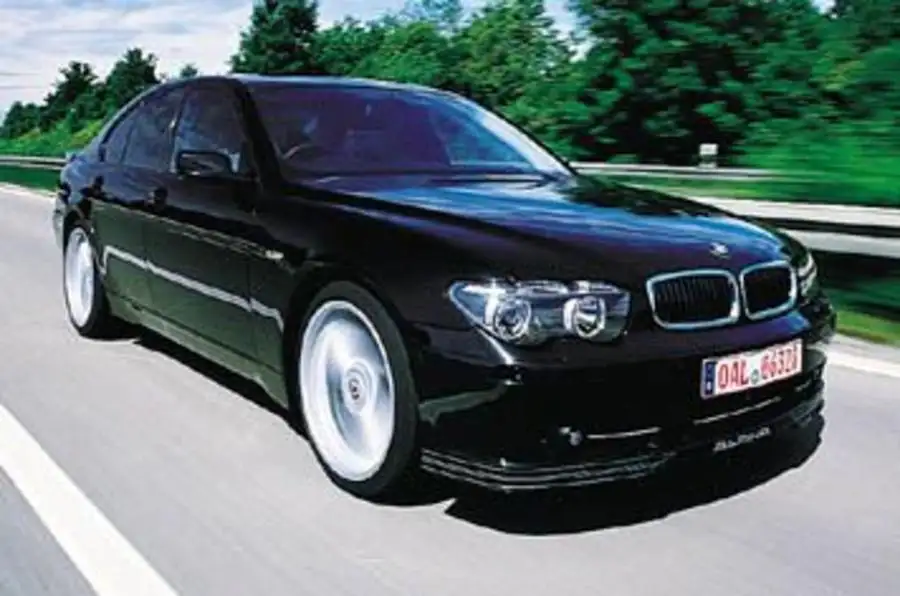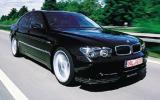It seemed sensible to head straight out of Munich airport onto the A92 Deggendorf road and dial in full throttle as soon as possible. We’d landed in Munich at 9.30 on a Tuesday evening – the Airbus A321 photographer Mackie and I were flying in touched down smoothly at 148mph, the standard landing speed for that aircraft in still conditions.
Half an hour later, luggage and camera gear swallowed easily by the black Alpina B7’s boot and three occupants relaxing in air-conditioned comfort – we Autocar bods and Alpina sales operations boss Kris Odwarka – the B7 effortlessly eclipsed the A321’s landing speed and powered on to more majestic things. The black wedge hurled itself at the sunset, and as the speedo steadily climbed, beyond 160mph, beyond 170mph, in a single seamless surge, I wondered whether this indomitable car would ever run out of steam. Judging by the rate of acceleration, 250mph seemed imminent.
I knew very little about the B7 at this moment; just that it was pleasingly stable and quiet at very high speed, that it had 21-inch wheels with bespoke Michelin tyres and brakes from the 760iL, modified for better cooling – and that it was packing a supercharged 4.4-litre V8, producing 500bhp and 516lb ft of torque.
I had assumed the B7 would be a V12, like the legendary Alpina B12 6.0-litre of 1999. But Alpina wanted 50/50 weight distribution, so the smaller, lighter BMW V8 is the base unit. This is a significant shift of engineering emphasis for Alpina, and this mighty force-fed engine will soon see service in the B5 and B6. Judging by the qualities of the B7, they will instantly become two of the most desirable cars on earth.
We ran out of room on the way out of Munich, managing ‘only’ 177mph between trucks, so turned around and headed back. The traffic was lighter going the other way. Good. Onto the throttle again. Smooth shifts from the six-speed auto. At 170mph, the autobahn emptied into a long straight stretch, with only two well-separated lorries trundling along it.
Now or never. A slight whistling started from somewhere around the screen at 180mph, and the car suddenly hit a wall, almost as if I’d breathed on the brakes. This was the air resistance doubling every few seconds.
But still the Alpina engine pulled, straining to the last, not willing to give in to the laws of physics, and the needle crept higher. And higher. Was there any more? Unlikely — a quick glance confirmed 190mph. Hang on, it’s still creeping up. Make that 193mph. At this speed, we were covering almost the length of a football pitch every second, but it was important to hold it. Verify it. Past the trucks, boom, boom, past another, boom, under a bridge, boom. What a sight it must have been from the roadside.
Alpina calibrates its speedos to read true, so for a big barge with a blunt face we weren’t doing badly. I held 193mph for as long as I dared, the two-lane road reduced to about half a lane in my head, traffic miles in the dim distance taking on huge significance.
The engine was thundering away, but not loudly so, with a deep V8 rumble and a throaty exhaust boom, wind-noise prominent but not overwhelming. Yes, the car would cruise at 190mph all day without fuss. Time to ease back to a ridiculously slow-feeling 120mph cruise and take stock.


























Add your comment